LiDAR (Light Detection and Ranging) technology has revolutionized the way we capture and analyze geospatial data. From urban planning and forestry to flood modeling and archaeology, LiDAR data is incredibly powerful—but also huge and complex. That’s where specialized software tools come in.
Whether you’re a seasoned GIS professional, a surveyor, or just diving into remote sensing, having access to reliable and free LiDAR tools can make all the difference.
10 Best Free LiDAR Software Tools and Viewers
Here’s a list of 10 of the best free LiDAR software tools and viewers you can start using today:
1. LAStools (Partial Free Version)
Platform: Windows
Use for: Fast processing, conversion, filtering, and compression of LiDAR data

LAStools is practically a legend in the LiDAR community. While it offers a commercial license for full access, many of its core tools are freely available and extremely powerful. It supports operations like tiling, merging, filtering, classifying, and converting LAS/LAZ files with impressive speed.
🔍 Pro Tip: Use LAStools with QGIS for a powerful free geospatial workflow.
2. CloudCompare
Platform: Windows, macOS, Linux
Use for: 3D point cloud and mesh editing, visualization, and comparison
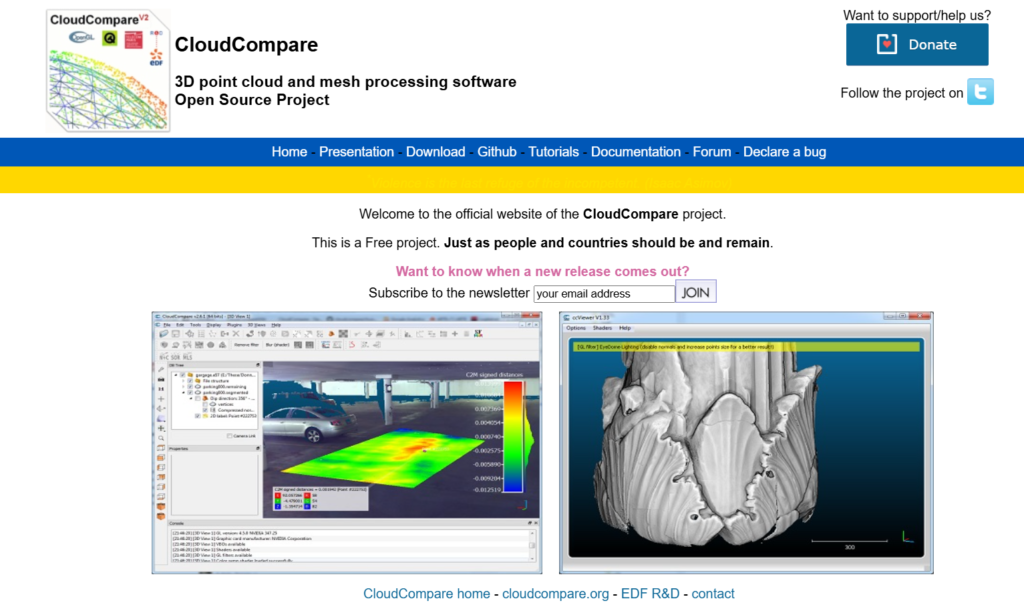
CloudCompare is open-source and one of the most flexible 3D point cloud viewers/editors out there. It can handle massive datasets and supports various point formats, including LAS and E57. It’s excellent for visual analysis, segmentation, and registration.
✨ Visualization is its strong suit—ideal for inspection and QA workflows.
3. PDAL (Point Data Abstraction Library)
Platform: Cross-platform (CLI-based)
Use for: Advanced LiDAR processing pipelines
PDAL is the open-source equivalent of GDAL but for point cloud data. It supports scripting and pipeline-based workflows for things like filtering, transforming, and analyzing point clouds. Although it has a steeper learning curve, it’s incredibly powerful and is widely used in automation and large-scale processing.
💡 Best for users who are comfortable with command-line tools and scripting.
Related Content:
The Best 15 Google Maps Scrapers of 2025
Top 10 GIS Software: Features, Benefits, and Comparisons
How to Build AI-Powered GIS Applications Using DeepSeek AI [2025]
4. QGIS with LAStools or PDAL Plugin
Platform: Cross-platform
Use for: Visualizing and processing LiDAR within a full GIS environment
QGIS isn’t LiDAR software per se, but with the right plugins (like LAStools, PDAL, or the native LAS/LAZ viewer), it becomes a powerful tool for managing LiDAR data alongside vector and raster GIS layers.
🌍 Perfect for GIS professionals who want everything in one platform.
5. Fusion (USFS LiDAR Toolkit)
Platform: Windows
Use for: Forest structure analysis and canopy modeling
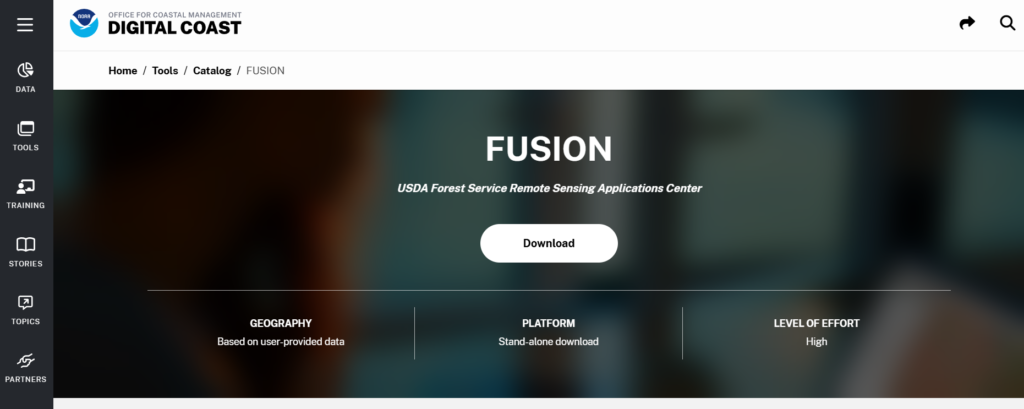
Developed by the U.S. Forest Service, Fusion is specifically designed for forest-based LiDAR analysis. It supports canopy height modeling, density metrics, and visual analysis. While the interface feels a bit dated, it’s still a favorite among forestry professionals.
🌲 Tailored for vegetation and terrain studies.
6. Potree
Platform: Web-based viewer (JavaScript)
Use for: Web visualization of point clouds
Potree is a WebGL-based viewer that allows you to publish massive point clouds online. It’s ideal for sharing LiDAR data with stakeholders or embedding interactive views into websites.
🌐 Great for presentations, client deliverables, or education.
7. OpenTopography Tools
Platform: Web-based
Use for: Accessing, viewing, and analyzing LiDAR data
OpenTopography offers a user-friendly portal to access open LiDAR datasets, process them on the cloud, and even download custom outputs. It’s especially useful if you don’t want to install heavy software but need quick results.
📡 Ideal for fast online workflows and data discovery.
8. FME (Free Viewer)
Platform: Windows, macOS
Use for: Viewing and inspecting point cloud data
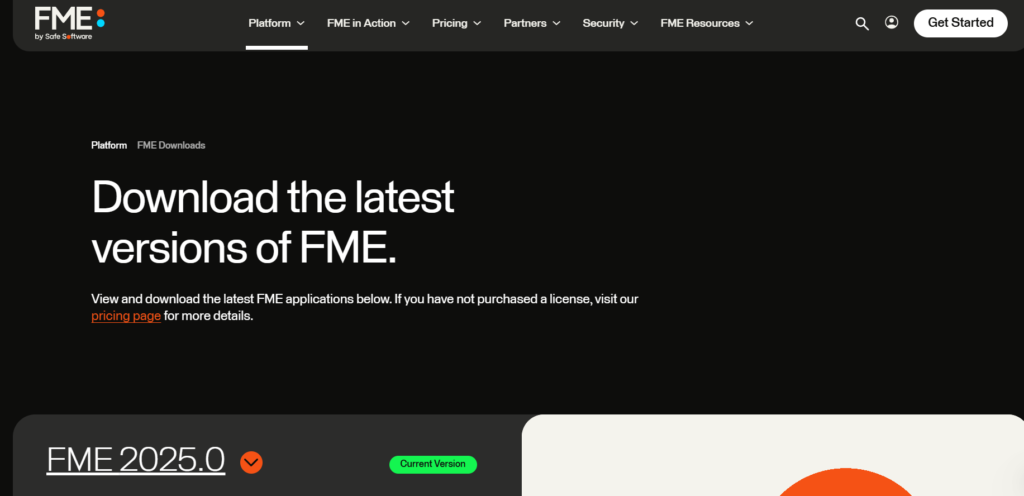
While FME’s full version is paid, Safe Software offers a free viewer that lets you visualize point clouds in multiple formats. It’s helpful for data QA, transformation previews, and interoperability checks.
🔄 A lightweight way to explore complex datasets.
9. Entwine + Potree Converter
Platform: CLI/Web
Use for: Converting large point clouds into web-ready formats
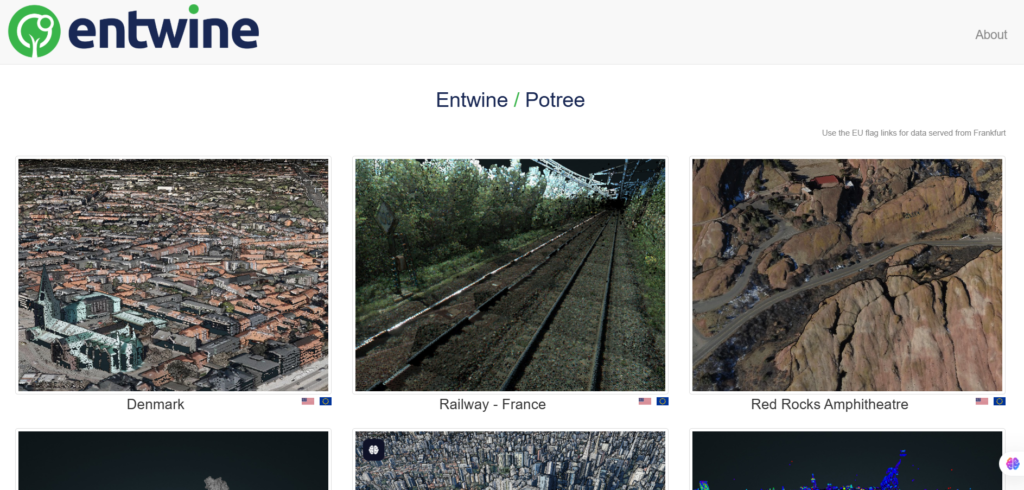
Entwine is a powerful tool for organizing massive point clouds into streamable formats. It works beautifully with Potree and CesiumJS, letting you serve terabytes of LiDAR online with ease.
📁 Excellent for managing large public datasets or web-based platforms.
10. LASTools + ArcGIS (via LAS Dataset)
Platform: Windows
Use for: Combining ArcGIS power with LAStools (limited in free version)
If you’re an ArcGIS user, you can use the built-in LAS dataset capabilities for viewing and analyzing LiDAR data. While ArcGIS itself isn’t free, the LAS dataset support is robust, and pairing it with LAStools’ free components makes for a solid combo.
📊 Best for users already in the Esri ecosystem but looking for free extensions.
Final Thoughts
Free doesn’t mean limited—these tools prove that professionals can work efficiently with LiDAR data without spending a dime. Whether you’re building DEMs, analyzing forests, or developing web viewers, there’s a free solution waiting for you.
🔗 Bonus Tip:
Mix and match! Use PDAL for heavy processing, CloudCompare for inspection, and Potree to share your results online. The combination can rival many premium solutions.
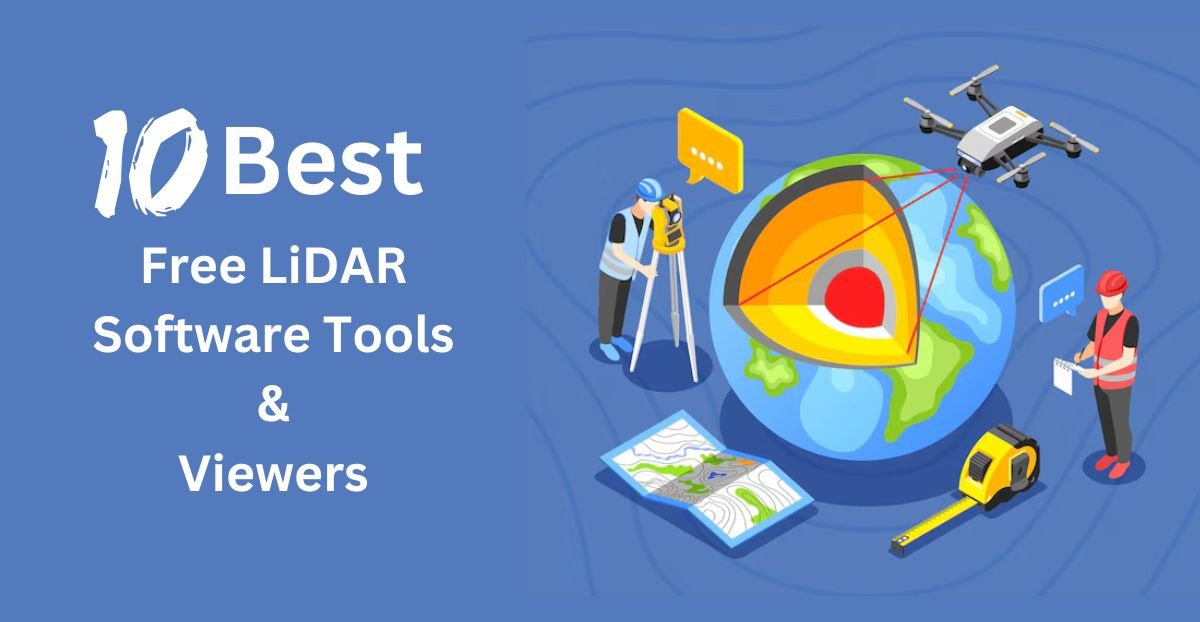
2 thoughts on “10 Best Free LiDAR Software Tools and Viewers”